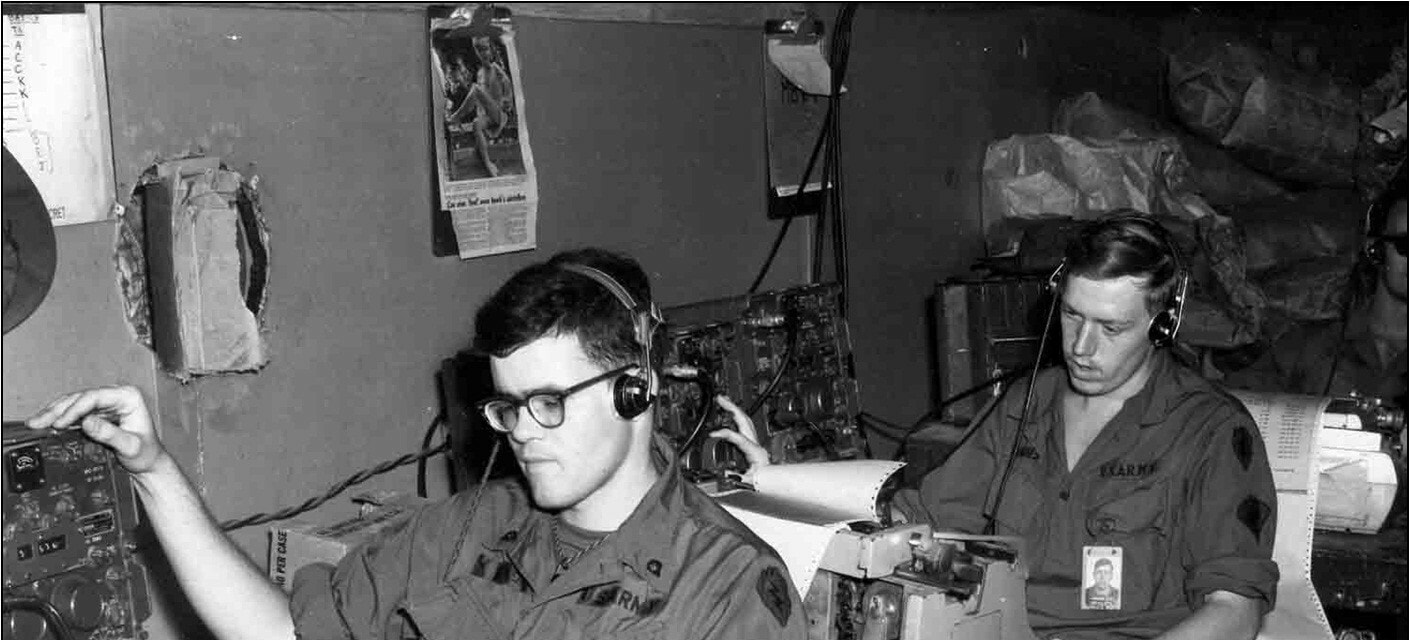The Vietnam War divided America more than anything seen today. Bad as things are now, we can console ourselves with the knowledge that they’re not as bad as they were then. Then, the country tore itself apart as flag draped coffins returned each year first in a trickle, then a strengthening stream of dozens, scores, hundreds, and finally a flood of thousands. Below are twenty five lesser known things about that tragic conflict.

The First American Soldier Killed in Ground Combat in Vietnam
From 1945 to 1976, the US Army operated its signals intelligence through the Army Security Agency (ASA). The ASA, whose soldiers trained in communications, military intelligence, cryptography, and as linguists, primarily focused on signals intelligence (SIGINT). However, most ASA units also had human intelligence (HUMINT) personnel as well, such as counterintelligence specialists and interrogators. Although a US Army operation, the ASA was directly subordinated to the National Intelligence Agency (NSA), which had representatives at all major ASA stations.

When the US got involved in Vietnam, ASA personnel from the 3rd Radio Research Unit – later expanded to become the 509th Radio Research Group – were among the first military personnel sent there. They helped the South Vietnamese forces gather information that was passed through intelligence channels within hours, and sometimes within as little as ten minutes. The first US soldier to die in ground combat in Vietnam was ASA Specialist 4 James T. Davis, of the 3rd Radio Research Unit, killed while tracking an enemy signal on December 22nd, 1961.

